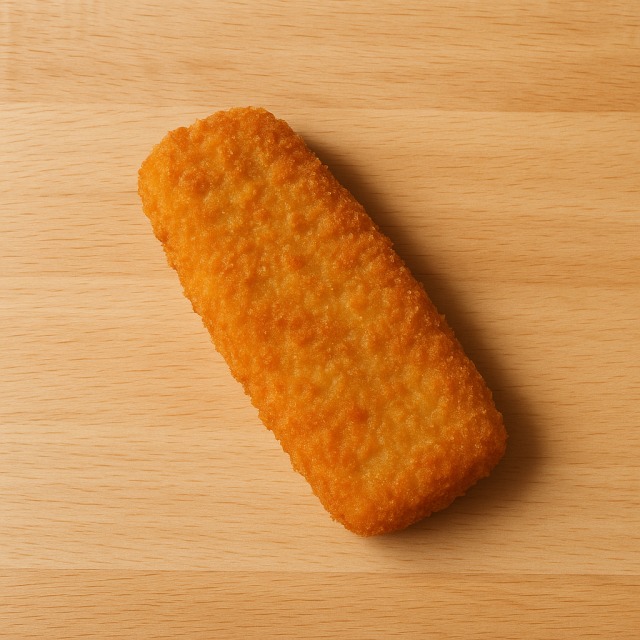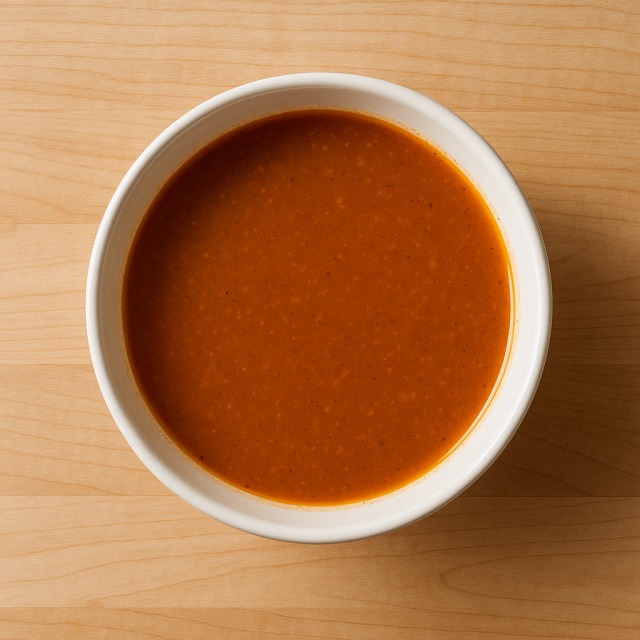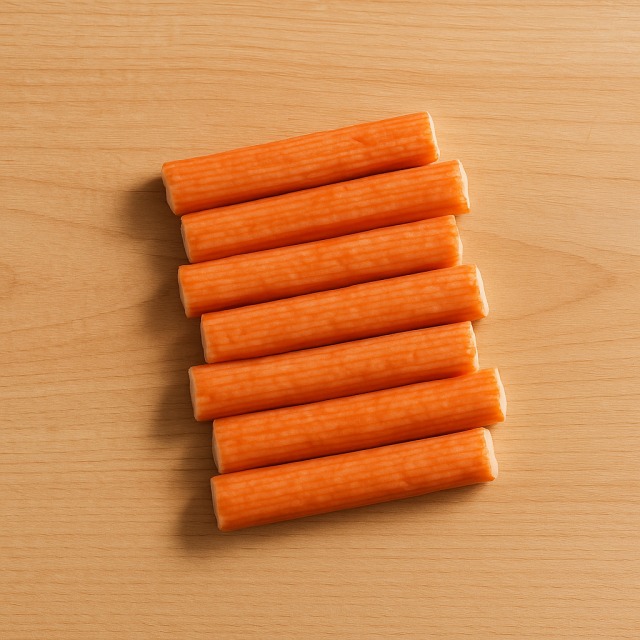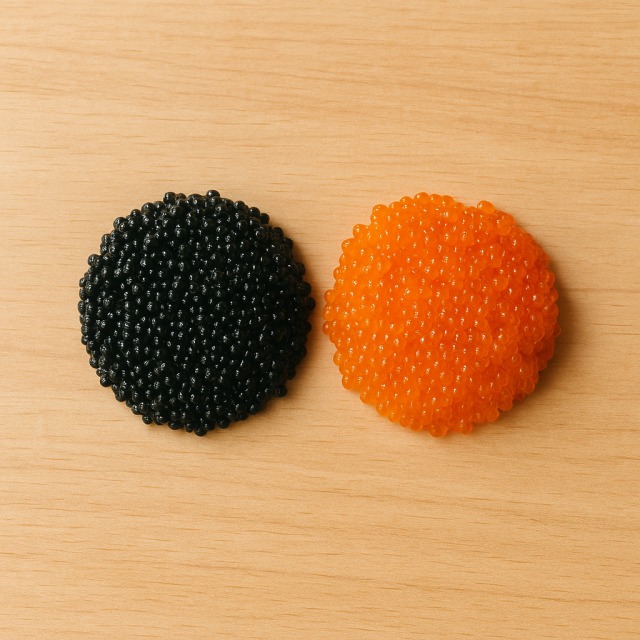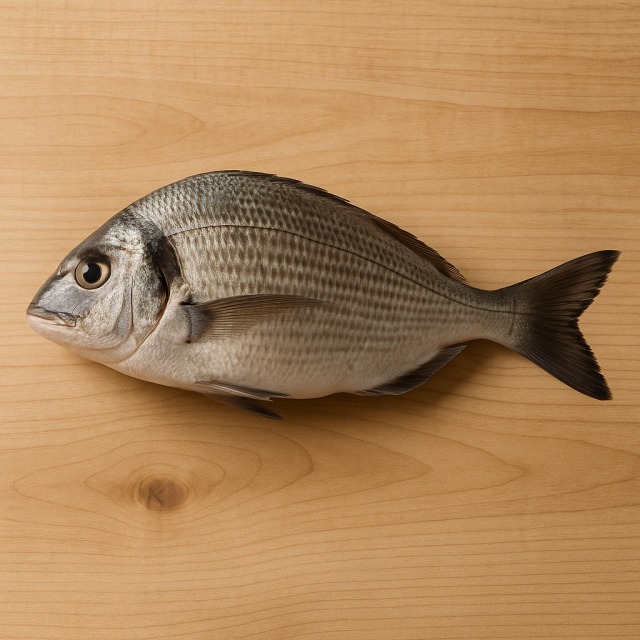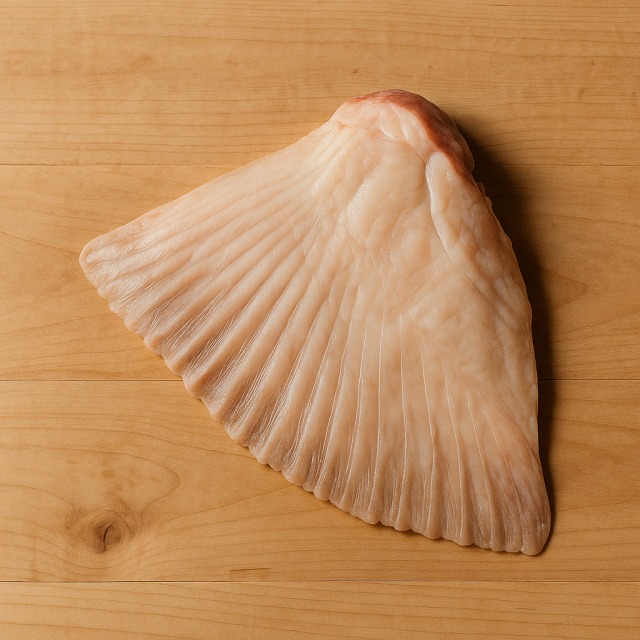Calorie Chart / Fish / Salmon roe
How Many Calories Are in Salmon roe?
Calculation of the nutritional value & Recommended Dietary Intake of salmon roe
For g and a calorie requirement of kcal
| Calories 76 kcal | Proteins 7.5 g | Lipids 5.1 g | Carbohydrates 0 g |
| 4% | 10% | 8% | 0% |
Health benefits of salmon roe
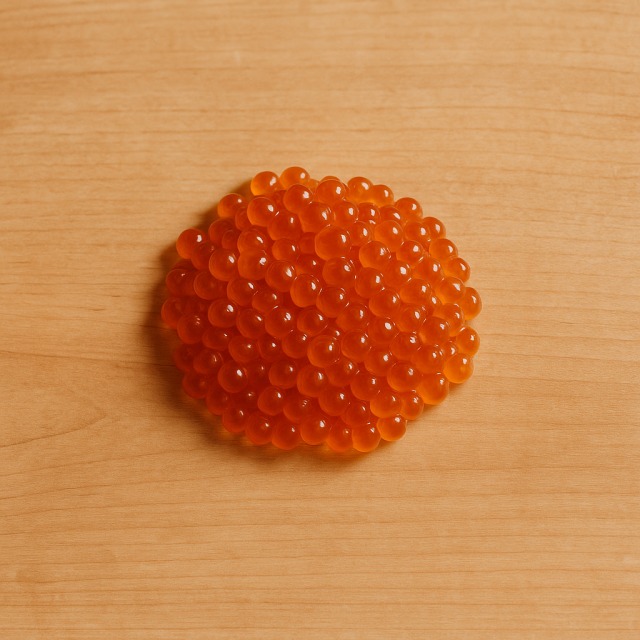
Salmon roe - 100g
Calories 253 kcal
Proteins 25 g
Lipids 17 g
Carbohydrates 0 g
Salmon roe is a nutrient-dense, moderate-to-high-calorie delicacy (253 calories per 100 g) rich in marine omega-3 fatty acids (EPA and DHA) that contribute to normal heart function and cognitive health. It also delivers notable amounts of vitamin B12, vitamin D, vitamin A (as retinol), and the antioxidant selenium, all of which support immunity, red blood cell formation, and bone maintenance.
Thanks to its 25 g of high-quality proteins per 100 g and virtually zero carbohydrates, salmon roe fits low-carb or ketogenic approaches while supplying essential amino acids. The lipid profile is largely unsaturated, which makes the fat content healthier than the calorie figure alone might suggest.
Historically prized in Nordic and Japanese cuisines, these bright orange pearls have symbolized abundance since ancient times. Their natural membrane also contains astaxanthin, the carotenoid pigment responsible for the intense color and a supposed antioxidant benefit (current evidence is promising but still considered "supposed").
Because the product is comparatively high in salt, moderate portions help you enjoy the taste and nutrients without pushing your daily calories or sodium intake too far.
Tips for incorporating salmon roe into a balanced diet
Owing to its concentrated flavor, a small 15–30 g serving of salmon roe is enough to elevate many dishes without adding excessive calories. Try spooning it over a dollop of light blini spread with reduced-fat crème fraîche and a squeeze of lemon for a festive yet balanced appetizer.
For a nutrient-packed bowl, combine salmon roe with diced cucumber, cubes of ripe avocado, and a portion of steamed rice. The vegetables add fiber and volume for few extra calories, while the rice provides complex carbs to round out the macronutrient profile.
If you watch calories closely, sprinkle a teaspoon of the eggs over scrambled egg whites or a plate of spinach sautéed in a touch of olive oil—this maximizes protein and micronutrients while keeping total energy moderate.
Salmon roe also features in Japanese-style sushi rolls (gunkan-maki). Pairing it with lean fish such as tuna or cod keeps overall calories reasonable and enhances the dish's omega-3 ratio. Whatever the recipe, limit added butter or mayonnaise so the roe's own fats don't push the meal into high-calorie territory.
Frequently Asked Questions
- How many calories are in salmon roe?
- There are 253 kcal per 100 g.
- Is salmon roe suitable for weight-loss diets?
- Yes, in small servings. Because it is calorie-dense yet very flavorful, a 15 g spoonful adds only about 38 calories while supplying proteins and omega-3 fats that promote satiety.
- Can salmon roe be eaten during pregnancy?
- Health authorities generally advise pregnant women to avoid raw fish products. If you choose salmon roe, opt for pasteurized versions to reduce the risk of listeria, and account for its calories and salt.
- How does salmon roe compare to lumpfish roe in calories?
- Salmon roe provides roughly 253 calories per 100 g, whereas lumpfish roe averages about 110 calories, making lumpfish the lower-calorie option.
- Is salmon roe keto-friendly?
- Absolutely. With 0 g carbohydrates and most calories coming from healthy fats and proteins, salmon roe aligns well with ketogenic macros.
- What is the best way to store salmon roe?
- Keep unopened jars refrigerated at 0–4 °C. After opening, consume within 48 hours to maintain quality, flavor, and avoid waste of calories through spoilage.
Similar foods
Information provided by Calorie Menu may contain inaccuracies or errors. It cannot, under any circumstances, substitute medical advice or medication.
